What is the tolerance range of precision screws?
What is the tolerance range of precision screws?
Service Hotline
+86760-8787 8587We have more than ten years of production experience in the screw industry. The main products are: cross nylon bolts, thickened cylindrical nuts, aluminum alloy adapter lamp socket round nuts, extended belt screws, air conditioner bracket screws, spring washers and flat washers How to install, with washers Sheet screws, handle screws, knock-on-lock rivet knock-on iron flat-head rivets, GB70 socket head cap bolts, standard spring washers, medium carbon 45 steel quenched direct pins, white zinc plated anti-thread hexagon nuts, furniture nuts, internal thread pins, etc. Fasteners, due to the different materials and specifications of the products, the prices are also different, if you need it, please contact us.


GB 3098.1 Mechanical Properties of Fasteners Bolts, Screws, Studs and Nuts GB 3098.6 Mechanical Properties of Fasteners Stainless Steel Bolts, Screws, Studs and Nuts GB 3103.1 Tolerances of Fasteners Bolts, Screws and Nuts GB 5267 Electroplating of Threaded Fasteners GB 5779.1 Surface Defects of Fasteners - Bolts, Screws and Studs - General Requirements GB 5779.3 Surface Defects of Fasteners - Bolts, Screws and Studs - Special Requirements
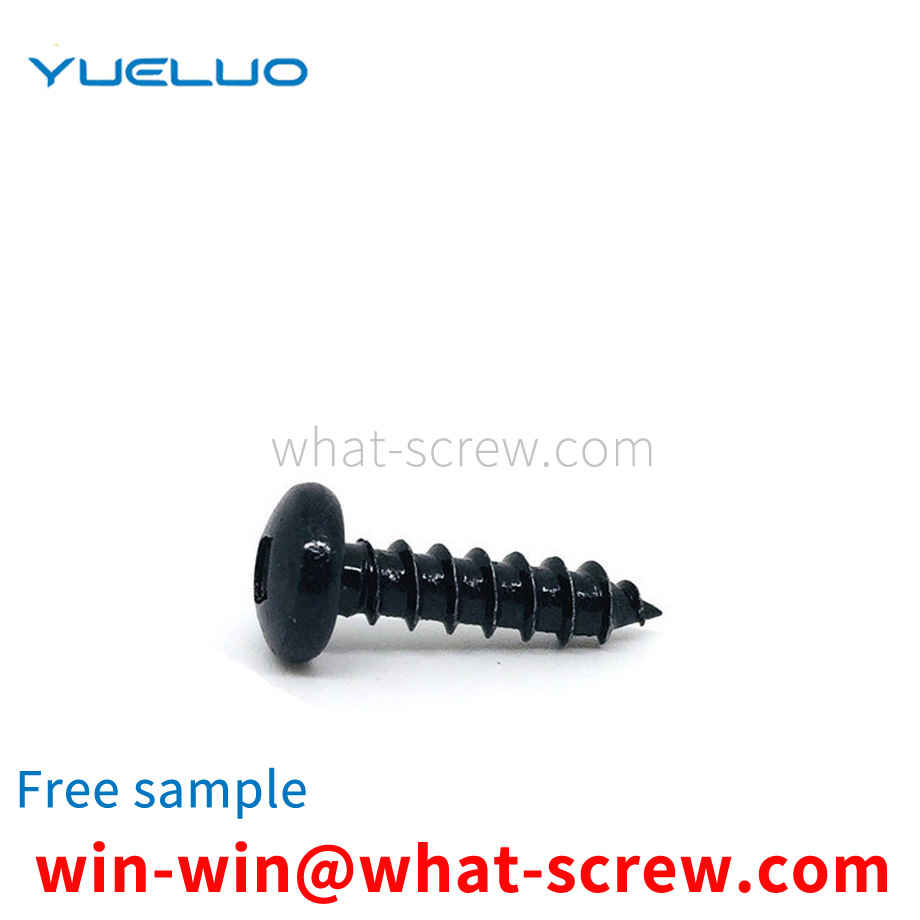
The equipment is tightened and fixed by screws during assembly. During high-speed operation, the equipment will generate high-frequency micro-vibration. This micro-vibration can easily lead to loosening of screws, resulting in weak connection of components and easy to cause safety accidents. Fastening is attached great importance. Many companies even directly weld the screw caps after using screws to fasten the components. However, this practice greatly hinders the subsequent maintenance and also seriously affects the maintenance and maintenance of the equipment; The emergence of tightening screws has attracted the attention and favor of enterprises; however, the self-tightening screws I use are mainly imported, and when the trade war begins, the shortage of this autonomous technology will severely limit my defense.
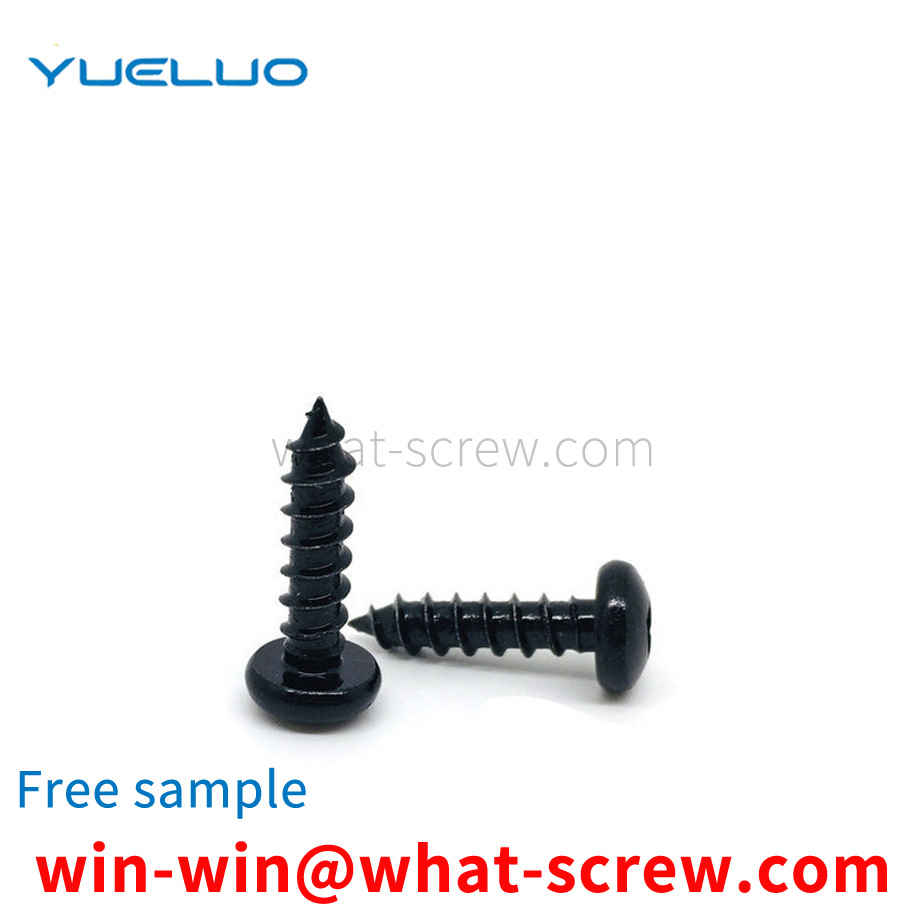
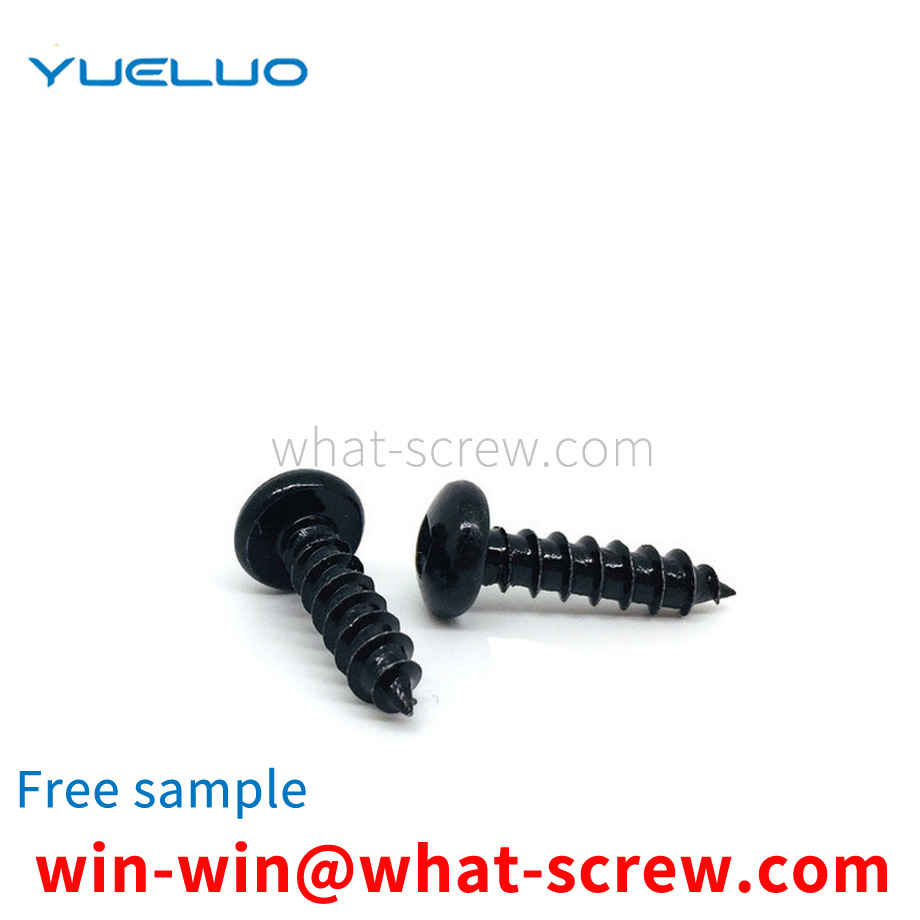
The working principle of the nut is to use the friction between the nut and the bolt for self-locking. However, the reliability of this self-locking is reduced under dynamic loads. In some important occasions, we will take some anti-loosening measures to ensure the reliability of the nut locking. Among them, the use of lock nuts is one of the anti-loosening measures. There are also two types of locking nuts. One is to use two identical nuts to screw on the same bolt, and a tightening torque is added between the two nuts to make the bolt connection reliable. The other is a special lock nut, which needs to be used together with a lock washer. As shown in FIG. 1, a plastic gasket 2 is arranged in the center of the nut 1 to play a locking effect, but the process is complicated and the production is inconvenient. One is to drill through threaded holes from the outer surface of the nut to the inner thread surface (usually 2, distributed at 90 on the outer surface), which are used to screw in small-diameter countersunk head screws. The purpose is to apply a thread to the thread. A centripetal force prevents the lock nut from loosening. At present, the lock nut with better quality on the market is inlaid with small copper pieces that are consistent with the thread of the lock nut on the inner surface of the nut, which is used to prevent the radial jacking screw from directly contacting the locked thread and being damaged. By. This kind of lock nut is gradually applied in the shaft end locking of rotating motion parts, such as the anti-looseness of the bearing at the mounting end of the ball screw. The process is equally complex.
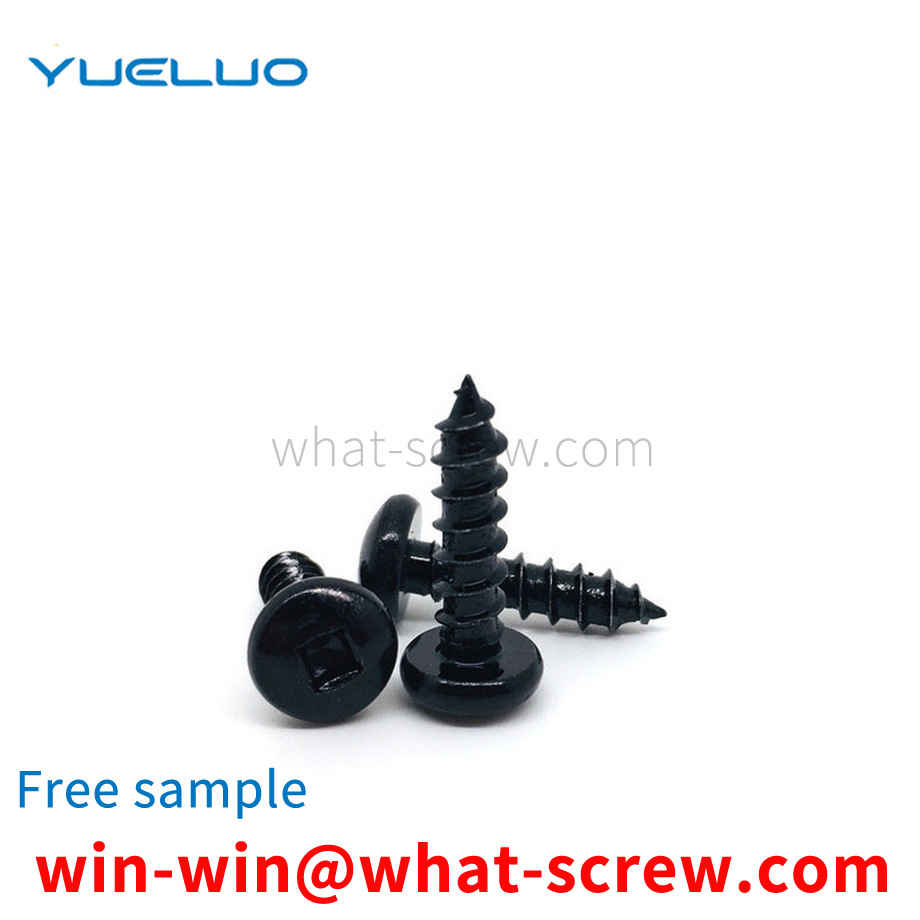
Referring to Figure 1, one end of the existing insert nut 1' is embedded in the injection molded part 2', and the other end is exposed to the injection molded part 2'. The insert nut 1' has opposite lower and upper end surfaces in the axial direction. The end face of one end of the insert injection molded part 2' is the lower end face. In order to reduce the resistance during hot pressing, the connection between the inner wall surface and the lower end surface of the insert nut 1 ′ is provided with an inclined surface. However, when the embedded nut 1' of this structure is hot-pressed, the hot melted glue will generate a shunt that rises along the slope, and then a convex peak is formed in the screw hole of the embedded nut 1', and the convex peak occupies the screw. The space in the hole prevents the screw 5' from being completely screwed in; at the same time, due to the shunting of the hot solder, the knurling of the inner nut 1' near the upper end face cannot be filled with the solder, which makes the inner nut 1' and the inner nut 1' and The injection part 2' is not firmly embedded. Therefore, the locking strength of the existing insert nut 1 ′ and the screw 5 ′ after being hot-pressed is relatively low.
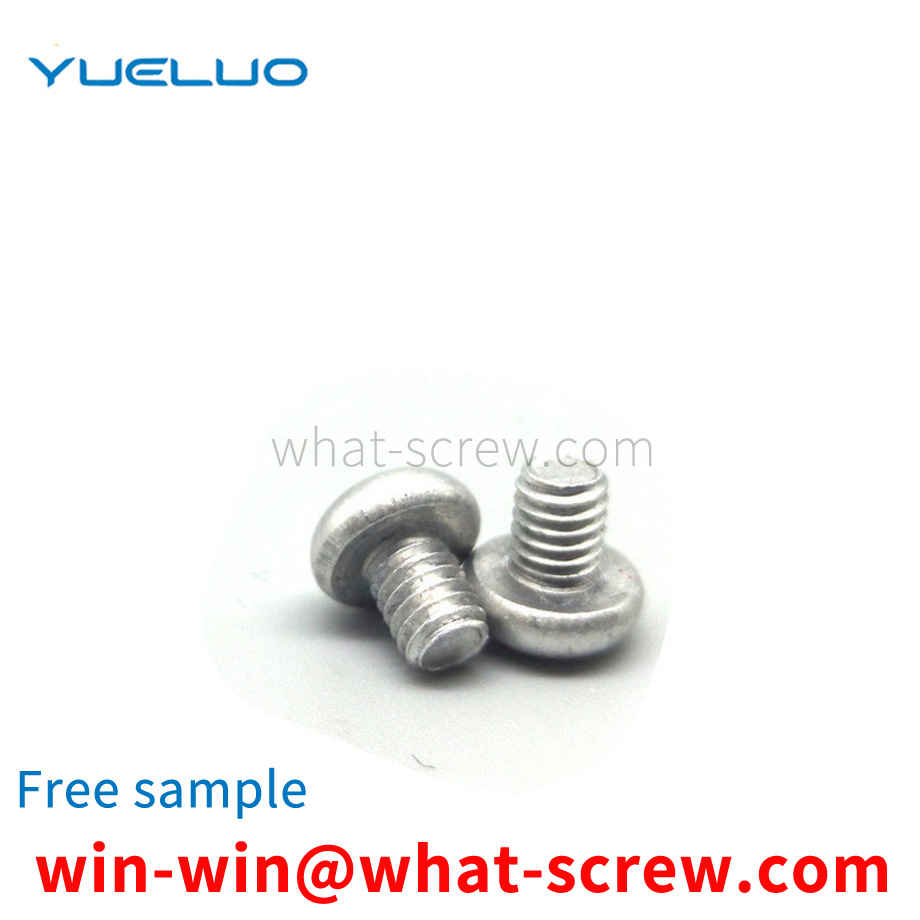
The above content is uploaded by Yueluo or the Internet. If there is any copyright issue, please contact [email protected].

What is the tolerance range of precision screws?
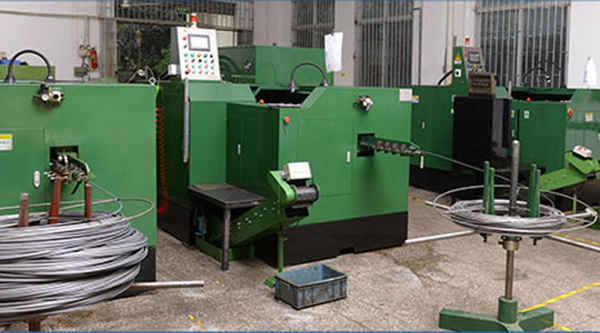
How to choose the right stainless steel screw manufacturer?
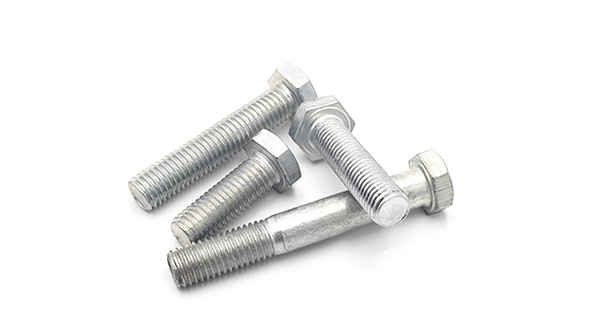
Why is there an R angle under the head of the hexagon head s...

We have more than ten years of production experience in the ...

We have more than ten years of production experience in the ...

We have more than ten years of experience in screw industry ...

We have more than ten years of experience in screw industry ...